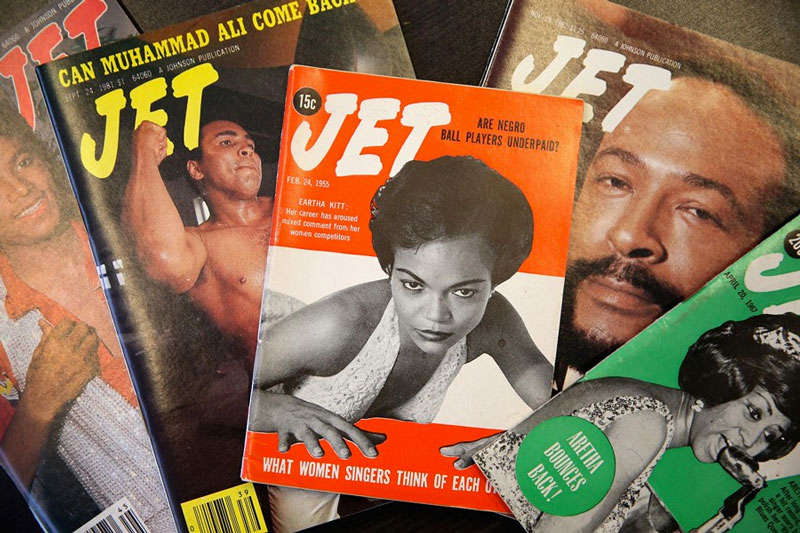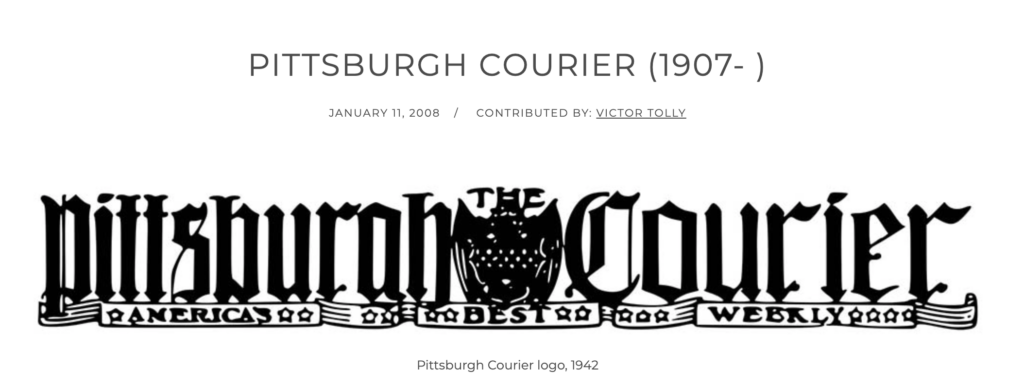DAY-8: MEDIA – BLACK IS BEAUTIFUL, DON’T YOU AGREE?
When White writers began to write America’s formation story, let there be no mistake about it, they marginalized or, in some cases, left out Black people’s contributions altogether. What we have learned over the years is elementary. Nobody can tell your story or represent your interests better than you.
Despite efforts to diminish their role in America’s development, African Americans have been resolute in their desire to show the world who they truly are. Their grit and fierce determination to tell their own story through their actions, words, and deeds are the impetus for this collection. Ripley says, “Seeing is believing.” The problem is that the history of Black people in America has been tarnished so long, it has become easier to believe the lie.
The tagline of our collection is “Let the truth be told.” A wise man once told me, “falsehood showed up dressed in truths’ clothing, but was exposed for the lie that it was when the naked truth showed up on the scene.” This proverb epitomizes Black people’s desire to tell their own story. Little by little African Americans began to do just that. During the great migration of the reconstruction era, technology had begun to make newspapers and magazines the perfect vehicles to change the narrative. Blacks were attending school and reading more and more. Now came the real test. Was America ready to deal with the truth? As they began to make the newspapers, accomplishing incredible feats in all areas, America had to deal with the naked truth.
Additionally, Blacks began to create their own publications and their own media companies. They were now able to tell their own story and steer their own narrative. They could produce, publish, and represent what interested them. People in the publications began to look more and more like them. And the message, the incredible, undeniably true message that many tried to discredit, has become so obvious, “Black is So beautiful, don’t you agree?
We have chosen to celebrate a select few media pioneers for their determination to change Black perception and thus change the landscape and future our country. Today we honor their genius. We must not let their contributions be forgotten or let others bask in the credit of their achievements. Today let’s change the narrative. #LET THE TRUTH BE TOLD.
The Tulsa Star
FIRST BLACK OWNED DAILY NEWSPAPER
The Tulsa Star came into being in 1912 under the moniker Muskogee Star. The Star was a staunchly Democratic African-American paper in an era when Republican ideals reigned over black communities. It began as a weekly transitioning to a daily at some point after editor and publisher Andrew Jackson Smitherman moved the paper to Tulsa in 1913. Also known as the Tulsa Daily Star, the paper championed African-American causes, promoting progress and stability within Tulsa’s black community until its dramatic and untimely demise following the race riot of May 31, 1921.
Tulsa Star history is forever linked to the Greenwood OK, (Black Wall Street) Massacre of 1921.

“Andrew Smitherman”

A.J. Smitherman was a press pioneer that distributed the first Democratic, African-American newspaper in Oklahoma and the East Coast, and organized resistance against lynchings and mob violence, causing him to be indicted for inciting the the Tulsa Massacre of 1921.
Before whites destroyed the Greenwood community of Tulsa, known as Black Wall Street, Smitherman reported on how blacks built their own hospitals, schools, theaters, newspapers, churches and everything needed for their community to flourish. However, their wealth and self-sufficiency was met with racial tension, jealousy and fear of the growing black vote, causing the largest government sanctioned attack on American citizens since the Civil War.
On May 31st, 1921, over 5,000 armed whites, many of them KKK and hundreds of them deputized by the police, descended on Greenwood for 36 straight hours.
Utilizing the power of the press, Smitherman warned black citizens of the likely fate of attack and encouraged them to be ready to defend themselves for the holocaust to come. On the night of the massacre, while Smitherman defended Greenwood, his wife and their five children hid in the basement while the KKK doused their house with kerosene and lit it on fire. They narrowly escaped with their lives but could never return to Oklahoma for fear of being lynched.
“Johnson Publishing”
ORIGINAL PUBLISHERS OF EBONY AND JET MAGAZINES

Linda Rice-Johnson 
John H. Johnson 
Johnson Publishing Company was founded in 1942 by John Harold Johnson, who was working as an office clerk for Chicago-based Supreme Life Insurance Company of America. Using money from a $500 loan he secured off his mother’s furniture, Johnson mailed $2 charter subscription offers to members who had life insurance through Supreme Life. In return, he received more than 3,000 completed subscription offers and with the money from that he printed his first publication, Negro Digest, in November 1942. By mid-1943, the monthly circulation of Negro Digest had reached 50,000 copies.
New Johnson’s Publishing Company
Johnson Publishing was at one time the largest African-American-owned publishing firm in the United States
WIKIPEDIA.com
“Other Notable Newspapers”
The Pittsburgh Courier was established in 1907 by Edwin Harleston, an aspiring writer and security guard at the H.J. Heinz food packing plant. The Courier achieved national prominence after attorney Robert Lee Vann joined the newspaper in 1910. Vann’s original position at the Courier was that of legal counsel, but he soon took control as the paper’s editor-publisher and treasurer.
Under Vann’s guidance the Courier called for improvements for African Americans in areas such as housing, education, and health care. A primary goal of the Courier was to empower blacks both economically and politically. Articles and editorials encouraged the black community’s support of organizations such as The National Association for the Advancement of Colored People and The National Urban League. In the 1930’s the Courier sparked a nationwide protest against the Amos ’n’ Andy radio program when it denounced the stereotypical negative portrayals of African Americans on the show. Read More.
“Freedoms Journal”
FIRST BLACK OWNED (NON DAILY) NEWSPAPER
Founded on March 16, 1827 as a four-page, four-column standard-sized weekly, Freedom’s Journal was the first black-owned and operated newspaper in the United States, and was established the same year that slavery was abolished in New York State. Begun by a group of free black men in New York City, the paper served to counter racist commentary published in the mainstream press. Samuel E. Cornish and John B. Russwurm served, respectively, as its senior and junior editors.
Freedom’s Journal was similar to other ante-bellum reform papers in that its pages consisted of news of current events, anecdotes, and editorials and was used to address contemporary issues such as slavery and “colonization,” a concept which was conceived by members of The American Colonization Society, a mostly white pro-emigration organization founded in 1816 to repatriate free black people to Africa. Initially opposed to colonization efforts, Freedom’s Journal denounced slavery and advocated for black people’s political rights, the right to vote, and spoke out against lynchings.
Founded on March 16, 1827, Freedom’s Journal was the first black-owned and operated newspaper in the United States,
Essex Institute Historical Collections
Content provided courtesy of History.com, Britannica.com and Wikipedia.com, Thinkgrowth.com, Blackpast.com, All Rights Reserved.



